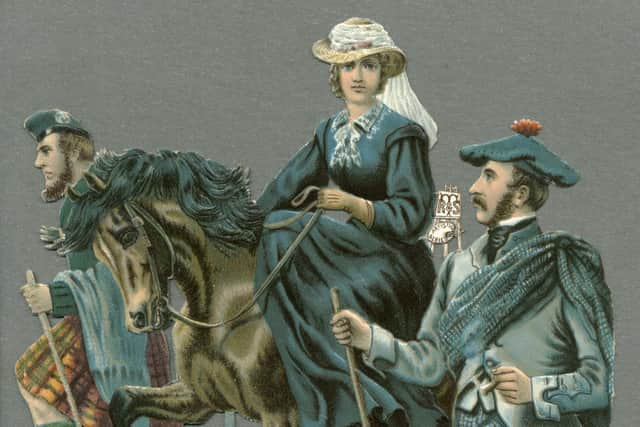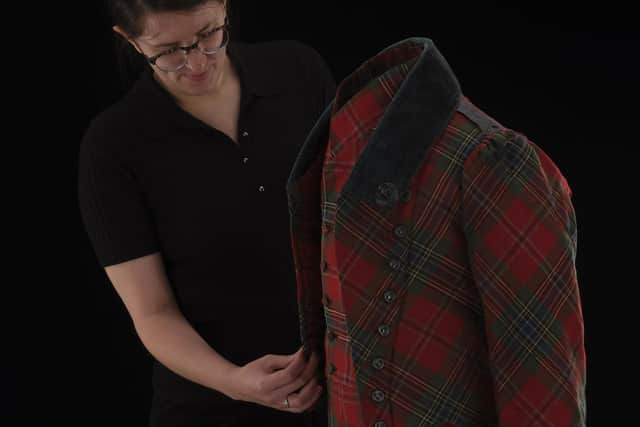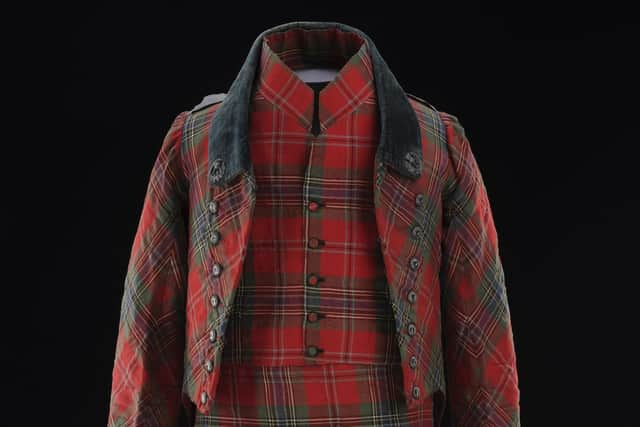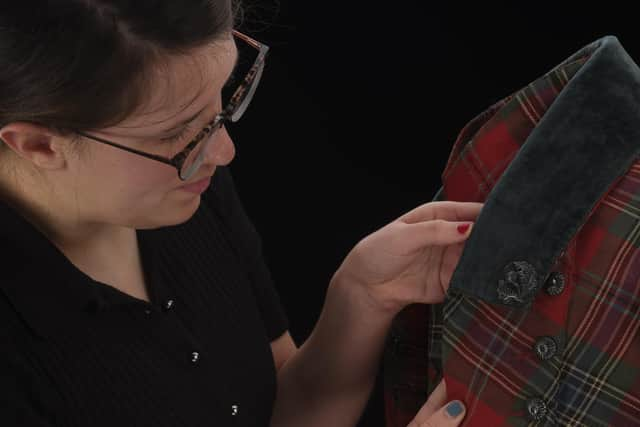Revealed: New research finds formal Highland dress is not an 'invented tradition'


Now a new chapter in the debate over the origins of wearing formal Highland dress and tartan costumes is set to unfold.
A four-year research project aimed at “revisiting and re-interpreting” centuries old Scottish fashion has cast fresh doubt on long-held suggestions that traditions were “invented” by wealthy Scots in the late 18th and early 19th centuries.
Advertisement
Hide AdAdvertisement
Hide AdA new book published by the National Museum of Scotland instead traces back "Highland dress culture” to the early 16th century.


The lairds of Highland clans and their staff are said to have been the original trailblazers for the look that would eventually be revived and championed by Highland clubs and societies, Sir Walter Scott and the Royal Family.
Dr Rosie Waine, a research fellow who has written the new book, has suggested that accounts of Highland dress being invented by the Georgians have been “over-exagerrated.”
She said: “The origins of Highland dress are quite difficult to pin down. I define it as formal Highland dress culture, which emerged during the 16th and 17th centuries, in Scotland, largely as a form of ceremonial costume, worn as a display of power and wealth.
“The people who would originally have worn Highland dress would have been lairds or their retinue - bards, storytellers, musicians and people whose skills gave them a lot of social cachet.


“It was pretty common for their wages to encompass money, land and clothing. In order to be marked out as someone of status, Highland dress would have been typically paid for by the laird. It was very much ingrained in the clan history of the Highlands.
“There were clan lairds still practicing this in the early-mid 18th century, but even if they weren’t, it would still have been very much part of the culture of the aristocratic Highlands.
Advertisement
Hide AdAdvertisement
Hide Ad“But with the Jacobite risings and the persecution of that Highland dress image, it became dangerous to uphold.”
The book explores the rise of Highland societies from the 1770s, from the successful challenge to the Dress Act, the notorious “kilt ban” introduced in the wake of the Jacobite Rising in 1745.


Dr Waine said: “Highland dress underwent a dramatic transformation during this period, because while it was banned in Scotland because of its Jacobite associations it was never banned in the British Army. It was used very much as a military uniform by serving Scottish soldiers.
“It was an elite group of Scots who were living in London who formed the first Highland Society and got the Dress Act repealed. There was then a national movement to recover Highland dress from its years in exile and make it an emblem, not just of Scotland, but of Scotland within the British Union.“I think the ‘invention of tradition’ argument, which became a very hot topic in the late 20th century, has taken things too far. We should be looking at Highland dress as a form of living tradition, which has had to adapt over time.
“I would definitely say that Highland dress culture has been appropriated and reimagined by certain groups, but it’s always had a strong basis in the material history of Scotland. To say it was ever invented is just an over-exagerration of the facts.”
Comments
Want to join the conversation? Please or to comment on this article.
